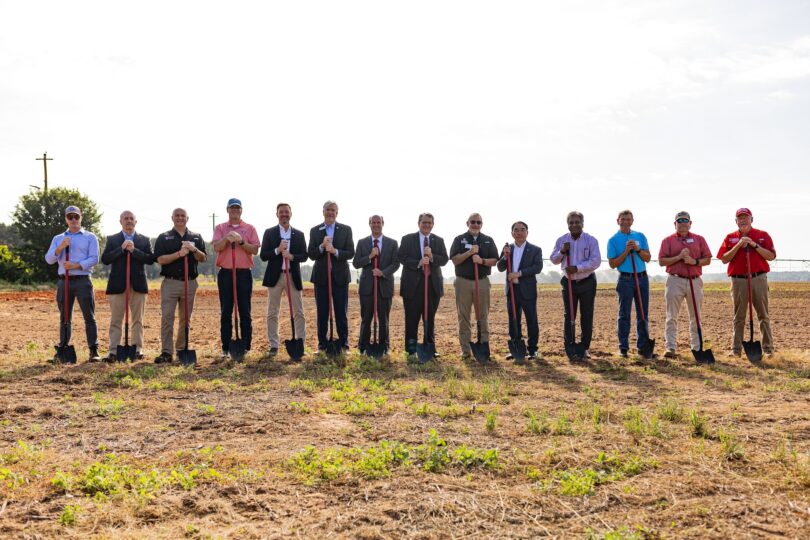By Brad Haire
University of Georgia
Last fall, four tropical storms knocked yields to the ground in south Georgia, where most of the state's vegetables are grown. Prices were good, but there wasn't much to sell. The opposite had already hammered the year's spring crop. Yields were high -- too high, sending prices down.
But things have evened out in 2005, said Terry Kelly, a vegetable specialist with the UGA Cooperative Extension.
"When you look at the big picture, 2005 has been a better year for vegetables," Kelley said.
Vegetables are grown in Georgia virtually year-round, he said. The state's subtropical weather allows farmers to grow two full warm-season crops like peppers, eggplants and tomatoes. Carrots, onions and cole crops like cabbage and kale are grown in the cooler months.
Georgia's spring crop this year "was decent," Kelley said. The weather was a little cool and wet and put the crop behind in growth. Yields were down about 25 percent. But prices were good and made up for the loss in production.
Prolonged warm weather with no killer frost this fall has allowed some Georgia farmers to continue harvesting the warm- season crops they planted in late July, he said.
The weather has been dry. But this isn't usually bad for vegetables, which are mostly irrigated in Georgia. Dry conditions keep vegetables diseases down.
Cold weather in more northerly vegetable-producing states like North and South Carolina has stopped warm-season production up the Eastern Seaboard. And tropical storms have damaged Florida's crop.
"From a price standpoint, Georgia farmers have been able to take advantage of this situation," Kelley said. "We're not getting big yields this late on the warm-season crops, but prices are premium."
For example, good pepper prices for Georgia farmers in the fall are normally $14 to $15 per 28-pound box. Good yields are 1,400 to 1,600 boxes per acre in October, the height of the fall harvest. Yields are much lower than that now, but Georgia farmers are getting close to $30 per box.
"Vegetable prices change on a day-to-day basis," he said. "It's all supply-and-demand. With a short supply like we have now, those that have something to harvest make good money."
As temperatures drop, so will Georgia's warm-season vegetable production.
But crops like cabbage, onions, carrots and leafy greens will still be in the ground. And as long as it doesn't get too cold and the winds and rains stay mild, Kelley said, these crops should finish out a good year for the state's vegetable farmers and ease them into a good spring crop.
It's tough to know for sure, but Kelley figures Georgia farmers have about 50,000 acres of vegetables planted right now. At the peak of spring production, they had about 100,000 vegetable acres.
Georgia ranks fourth in the nation in fresh-market vegetable production. The crop is worth about $700 million annually.






